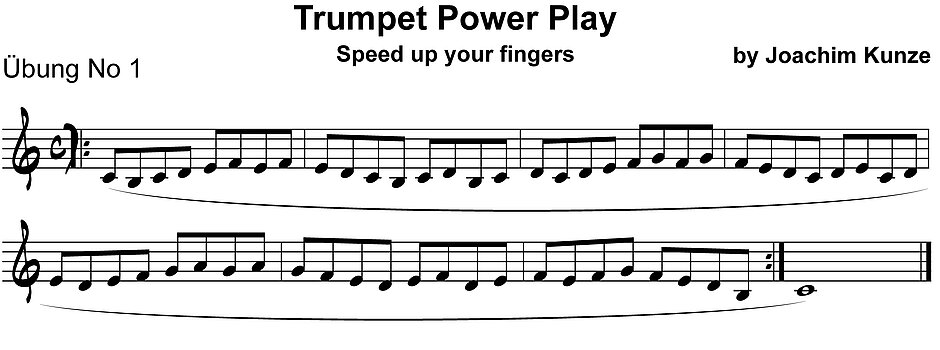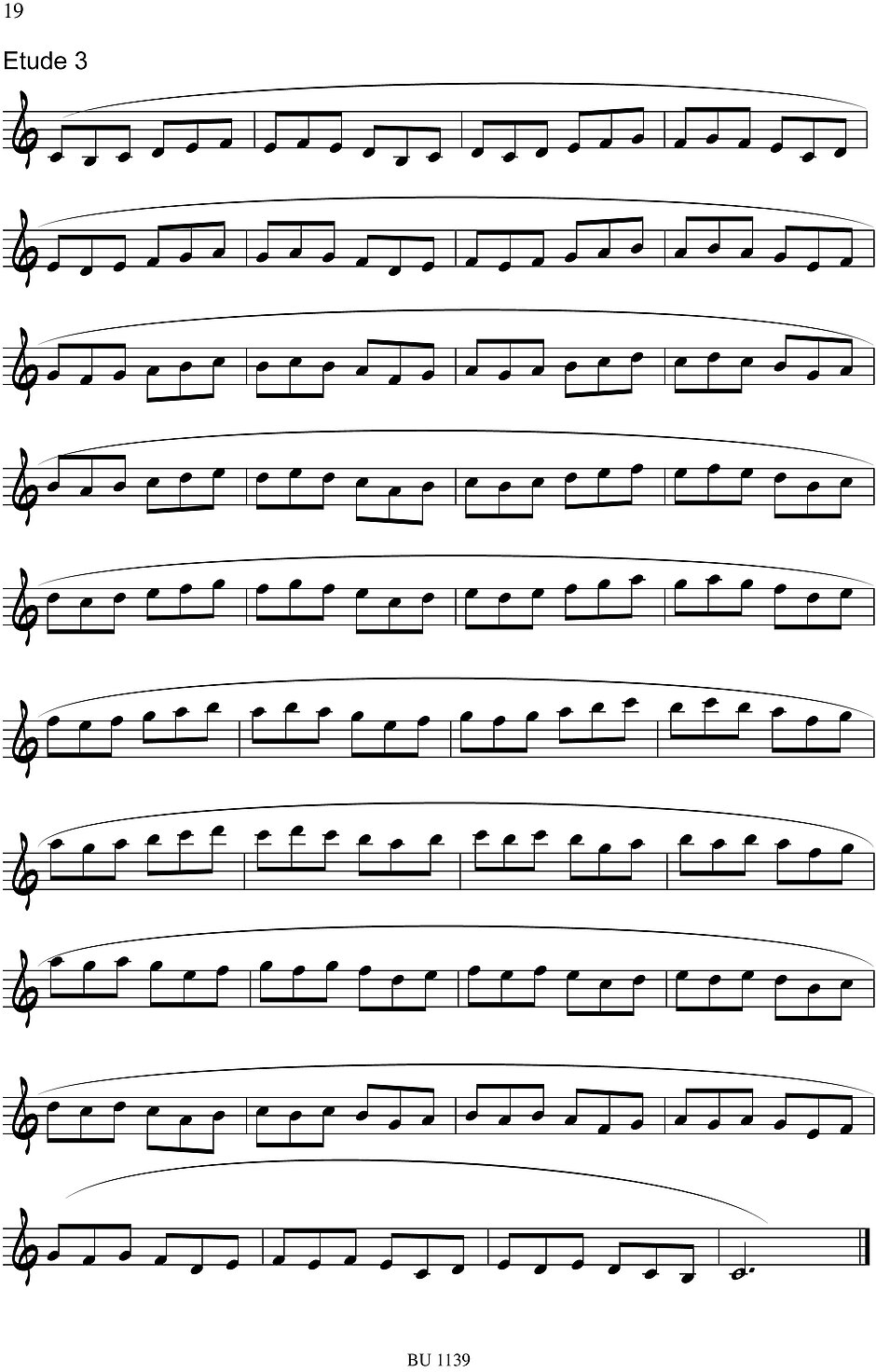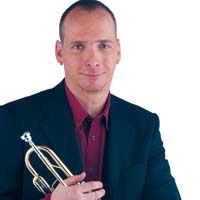Introduction
In this article, I would like to present some exercises that help to increase the respiratory volume and to use it appropriately. Of course, every physical activity helps increasing and enlarging the lung volume. However, even the best lung volume doesn't help us if it isn't used effectively in brass playing and if available reserves are wasted. That's why the correct use of the personal respiratory volume has to regularly be practiced on your instrument!
Exercise 1 – Breathing exercise without the instrument
Before beginning the play on your brass instrument, you can take advantage of some preparatory exercises without the instrument. It is enough to inhale and exhale a few times up to the maximum. I don't want to write about the “correct” inhalation and exhalation for brass players, which would go beyond the scope of this article. When practicing without an instrument, you should still keep in mind to breath in the same way you would do it with the instrument as well. It is important to get a feeling for how the body fills with air. I only want to mention shortly that I always got conscious of using my maximum respiration when running. It doesn't only help your running performance but can also be used for brass playing.

Exercise 2 – Breathing exercise with instrument
Now, let’s take a look at the exercises with the instrument. For my first exercise, I chose a technical one. In the example, it is an exercise from “Speed up your fingers” by the music publisher Bruno Uetz but of course every other technical exercise can be taken as well. (picture)
As a practical helping device, you should use a metronome, too! Instead of a technical exercise, you can also hold a single tone, that's exactly as effective for the breathing practice. Nevertheless, I support the technique of entirely filling the lungs with air through the nose and playing the exercise until all the air has been used. Then, I inhale to the maximum again and play the exercise all over again. While doing so, I pay attention to an even volume, so I can compare if the line I'm playing is expanding. Of course the result will always vary a bit but if you're able to play the exercise for two more cycles than a few days ago, then something should already have improved. Why doing this exercise? When I have to play a long phrase in a musical piece, I need a lot of air and if there's only little time to inhale, I can practice the fast and deep inhalation.

Exercise 3 – Étude on a single breath
To even go one step further, I can take a technical étude and practice it until I can play it on a single breath. This probably won't work with the above-stated speed, that's why you can accelerate the metronome steadily during the étude. However, only become faster once the étude sounds “clean” at a slow pace. The étude was taken from “Speed up your fingers”, too.
The procedure is pretty similar to the exercise. I inhale once (to the maximum) and play in a single breath until all the air is used. Then I try to inhale again as fast as possible and continue playing. A little hint at the end: It is definitely useful to include a pause of one or two beats even if this isn't mentioned in the piece. Like this, you can concentrate for a while on the maximum inhalation and control yourself better. Once the inhalation is stable, you can shorten or drop these pauses.
Have fun practicing!


